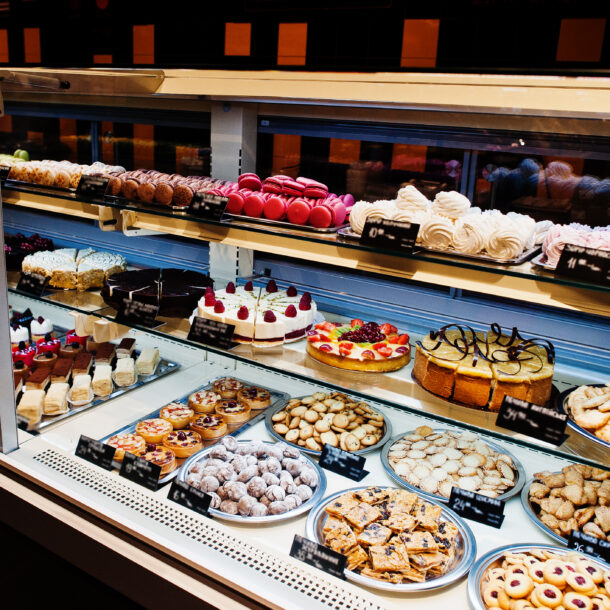
Behind the Scenes at a Khon Dance Class
If you visit Thailand’s National Theatre, you will be impressed by the magnificence of Thai Khon dancing. You might wonder what is involved in preparing for this articulate form of dancing and how every move is choreographed. To learn more about Khon dancing and how it became the Kingdom’s most popular form of art, one must reflect on its legacy.
History has it that Khon dancing was initiated as a royal art in the Ayutthaya period. Its growing popularity made it widespread around Thai shrines and other respected venues, including Thailand’s National Theatre and the Royal Court. Khon dancing is based on classic Hindu Ramayana epics and includes elaborate costumes and masks. In its early beginnings, the Khon dance was only performed in the Royal court for the Thai King himself. With the passing of time, Khon dancing gained increasing popularity among the public.
A brilliant Khon dance includes much more than articulate hand gestures. It is also comprised of unique colourful masks and elaborate costumes. A Khon dancer has to wear a colourful headpiece and an ornate colourful costume. A typical Khon dance has an interesting plot.
Khon Dance Plots
The Ramakien is the Thai version of the great Hindu epic Ramayana. The story is based on the tale of good triumphing over evil following a battle between the two Kings. The famous Khon dance of the Thai people is based on this legendary story.
The protagonist of the story, Rama, a deity and an exemplary King with many loyal subjects, prevails in his struggle against evil. This epic story of Ramayana was performed in the Royal court for the King using a combination of elaborate dance costumes, singing, speaking, and music. It is even depicted in several murals and paintings gracing Bangkok’s Grand Palace and other temples like Wat Phra Kaew, also known as the temple of the Emerald Buddha.
In the dance, performers wear masks and depict the events of Lord Rama’s life through dance. The Thai version of the epic legendary Indian tale is much longer and more complicated than the Indian Ramayana. Typically, Khon plays are accompanied by an orchestra, chorus, singers, and narrators on stage. The narrators describe the plot’s events and recite lines for the characters. In each Khon play, there are heroes, heroines, demons, and monkeys.
In the past, when performing a Khon play, all characters had to wear masks. Since the start of the nineteenth century, only the demons and monkeys wear them. A Khon mask is elaborate in nature. It covers the whole head and is usually made of paper mache painted, lacquered, and decorated with in-laid glass and mother-of-pearl. Just like the elaborate costumes, a Khon mask includes intricate details to complement each performance.
Khon Dance Music
When performing on stage, the Khon actors cannot speak because of the elaborate masks they have to wear. When a performance starts, the singers and narrators usually sit with the orchestra at the side of the stage. They play a pivotal role and contribute to the enhancement of each presentation.
Learning the words and mastering the lyrics requires effort from each singer. The singers have to be trained to master the classical songs. Most of the music accompanying a typical Khon dance performance is folk-based. It has melody only, without bass, and is typically accompanied by drums and percussions.
Movements in Khon Dance
The best dancers usually exude confidence and reflect the characters they are playing with skill and emotion. There are two dance moves, slow and fast. The slow dance usually emphasizes the delicate movements of the arms and legs. In each performance, the dancers are trained to bend their fingers backward to create unique and elegant gestures to complement the hand and arm gestures.
To become a classical Khon dancer, girls and boys are trained to perfect and practice the movements from a very young age. For girls, the hand position is the key to exuding a feminine disposition along with other body postures. Boys, on the other hand, are trained to take different roles like heroes, demons, and monkeys, which all have distinct characters both physically and emotionally. Heroes are usually well-proportioned, demons are athletic, and monkeys are acrobatic.
From a young age, boys will be assigned to one of these three groups based on their physical characteristics. Nevertheless, with the passing of time, boys can change in physique and temperament and be assigned to a more suitable role.
Khon Dancing in the 21st Century
The National Theatre of Thailand has been the purveyor of Thai Khon dancing since its inception. It regularly features innovative Khon plays and grand open-air performances to the delight of tourists and Thais alike.
In the late 20th and early 21st century, Thailand’s National Theatre has revived older performances of Khon. In 2008, a special Khon performance was staged in honour of the King’s 80th birthday. The performance was a reconstruction of a play produced in 1899.
In 2018, UNESCO listed Khon as an Intangible Cultural Heritage of Humanity, which increased its popularity in Thailand. Thanks to the laborious efforts of Queen Sirikit, Khon dancing hasn’t been driven to extinction.
The Queen regularly hosts performances not only for royal guests but also for the general public. Because of her continued support and dedication, Khon dancing is a thriving national heritage and a source of pride for all Thai people!



